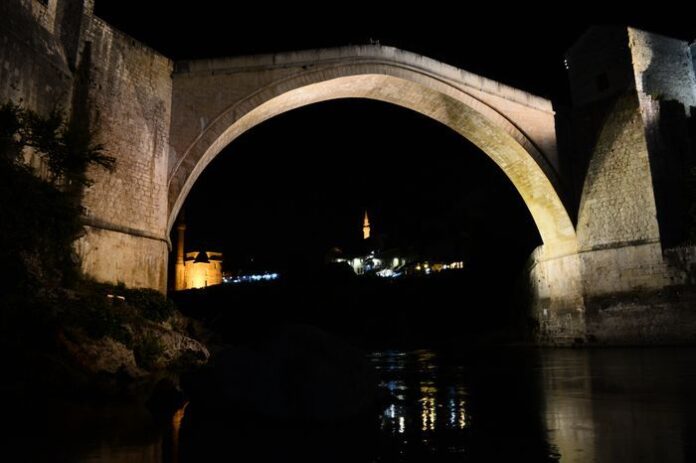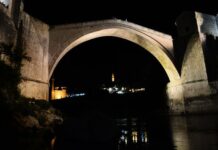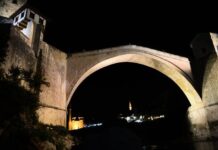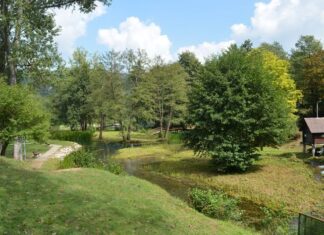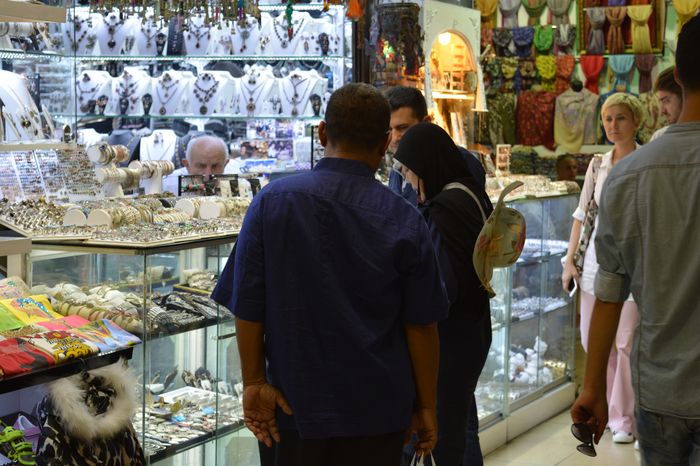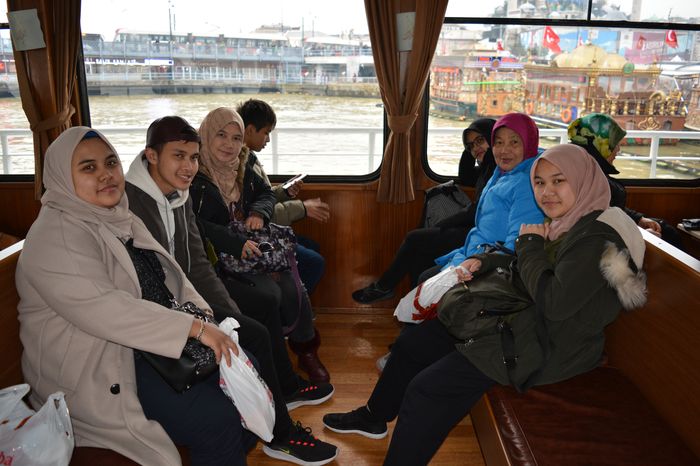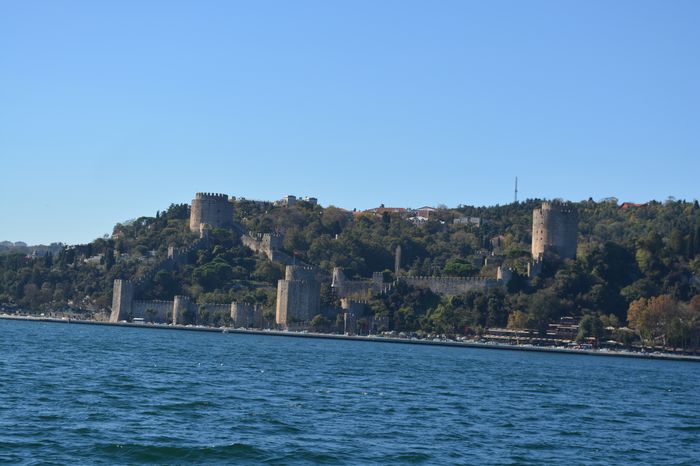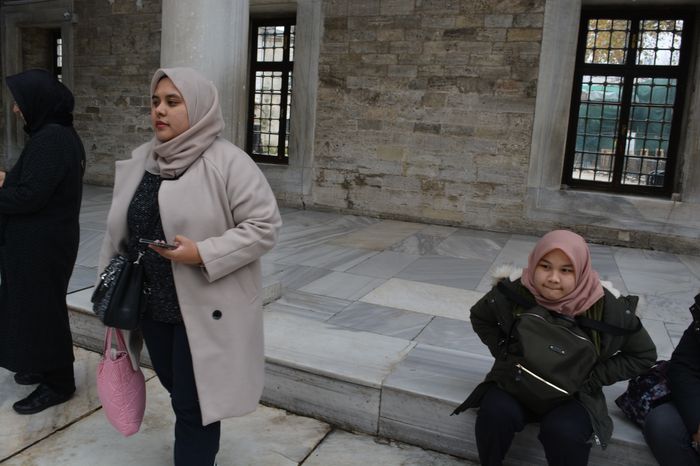The situation becomes more complex when we look at the northern end of Constantine’s land wall. According to the Paschal Chronicle, the wall ended in the district called Petrion. Today, this is the area where the Greek Patriarchate is located. The name Petrion is still used for the Petri Kapoussi Gate, which stands at the eastern edge of the church and residence of the Patriarchate.
However, if we accept this location as the end of the wall, it would place the northern boundary of the wall much farther west than where we believe the Church of St. Antony once stood. It would also make the width of the ancient city larger than what is described in the Notitia, an old Roman document that recorded city layouts and important buildings Sofia Day Trips.
How to Solve the Location Conflict
This discrepancy, though, is not a major problem. It can be easily explained. While Petrion mainly referred to the area around the current Patriarchate, in older times the name also applied to a larger area, extending further east.
For example, the Church of St. Laurentius, which stood near the Church of St. Antony, is sometimes said to be located in the Plateia, a plain east of Petri Kapoussi. But other times, it is described as being in Petrion. This shows that in ancient usage, the term “Petrion” covered a wider region than it does today.
Because of this, the statement in the Paschal Chronicle does not contradict what other historical sources say about where Constantine’s land wall ended. It is possible to match all the information when we understand that ancient district names were not always used in a fixed or limited way.
Completing the Wall to the Golden Horn
From the Church of St. Antony, the wall followed the shore of the Golden Horn, continuing until it reached the tip of the promontory. In this way, it completed the full loop of the city’s defensive walls, linking the Sea of Marmara to the Golden Horn The Location of Zeugma.
Not All Built by Constantine
It is important to mention that the entire wall system was not finished during the reign of Constantine. Only part of the work—probably the main land walls—was built during his time. The walls along the seashore were likely completed later, under his son and successor, Emperor Constantius. This means the full defense system was a multi-stage project, developed over several years.
